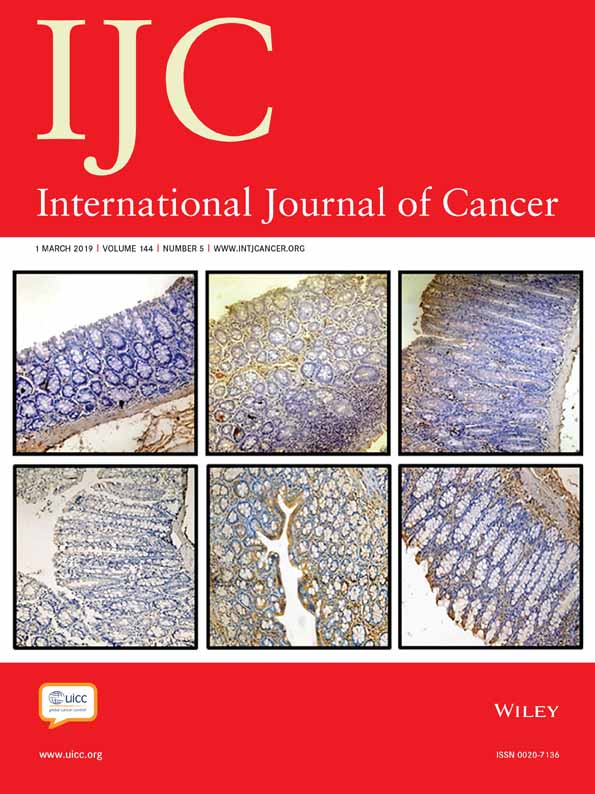Chronic lymphocytic leukemia cells increase neutrophils survival and promote their differentiation into CD16highCD62Ldim immunosuppressive subset
Abstract
Reprogramming of neutrophils by malignant cells is well-described for many types of solid tumors, but data remain scarce for hematological diseases. Chronic lymphocytic leukemia (CLL) is characterized for a deep immune dysregulation mediated by leukemic cells that compromises patient's outcome. Murine models of CLL highlight the relevance of myeloid cells as tumor-driven reprogramming targets. In our study, we evaluated neutrophil reprogramming by CLL cells. We first show that the proportion of the CD16highCD62Ldim neutrophil subset in peripheral blood of CLL patients is increased compared to age-matched healthy donors (HD). In vitro, neutrophils from HD cultured in the presence of CLL cells or conditioned media (CM) from CLL cells exhibited a longer lifespan. Depletion of G-CSF and GM-CSF from CM partially reversed the protective effect. In addition, the proportion of viable neutrophils that displayed a CD16highCD62Ldim phenotype was increased in the presence of CM from CLL cells, being TGF-β/IL-10 responsible for this effect. Altogether, our results describe a novel mechanism through which CLL cells can manipulate neutrophils.
Abstract
What's new?
The reprogramming of neutrophils into an immunosuppressive phenotype is known to occur in the solid tumor microenvironment. Our study shows that this phenomenon also exists in a hematological disease, wherein an increased percentage of circulating immunosuppressive neutrophils, namely the CD16highCD62Ldim subset, was identified in chronic lymphocytic leukemia (CLL) patients. Cooperative effects of the soluble factors IL-10 and TGFβ, released from leukemic B cells, appear to play a role in neutrophil reprogramming into the CD16highCD62Ldim subset. The findings shed light on the potential contribution of neutrophil reprogramming to the impaired immune response exhibited by CLL patients.




